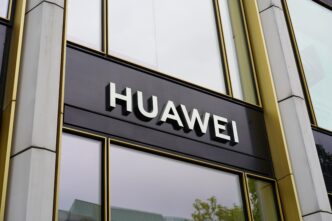Executive Summary
The Story So Far
Why This Matters
Who Thinks What?
China’s stock market has shown a notable resilience throughout much of this year, exhibiting a “bad news is good news” narrative where weak economic indicators are interpreted by investors and analysts as a precursor to further policy stimulus. This sentiment, which gained fresh momentum in August following broad-based slowdowns in growth, is further bolstered by Beijing’s strategic push for technological self-reliance and the anticipated meeting between President Xi Jinping and President Donald Trump at the APEC summit in October.
Market Dynamics Amid Economic Slowdown
The divergence between China’s decelerating economy and its buoyant equity market shows little sign of narrowing. This dynamic has fueled a solid market run, pushing key benchmarks to levels not observed in a decade.
The logic that weak data signals stronger policy support intensified in August, as several economic indicators pointed to a broader slowdown. This reinforced market expectations for additional government intervention to bolster growth.
Policy and Geopolitical Catalysts
Beyond economic data, Beijing’s overarching drive for technological self-reliance is a significant factor contributing to market optimism. This strategic focus aims to reduce external dependencies and foster domestic innovation.
Further boosting the market outlook is the expectation of easing geopolitical risks, particularly with a planned meeting between President Xi Jinping and President Donald Trump. Such high-level engagements are often seen as stabilizing factors for global markets.
The “Reflation Trade”
In recent months, Chinese policymakers have shifted their focus towards economic growth, moving away from a previous emphasis on risk management. This pivot has manifested in various initiatives designed to stimulate the economy.
Examples include major infrastructure projects, such as a mega hydropower development in Tibet, and efforts to rationalize excess capacity within the green energy sector by 2025. These measures have underpinned what investors refer to as the “reflation trade,” encouraging them to look beyond immediate concerns like weak property data and subdued consumer demand.
Outlook and Key Drivers
The sustained buoyancy in China’s stock market, despite underlying economic challenges, is largely attributed to a combination of expected policy stimulus, strategic technological advancements, and a perceived reduction in geopolitical tensions. These factors continue to shape investor sentiment, maintaining an optimistic outlook for the equity market.








